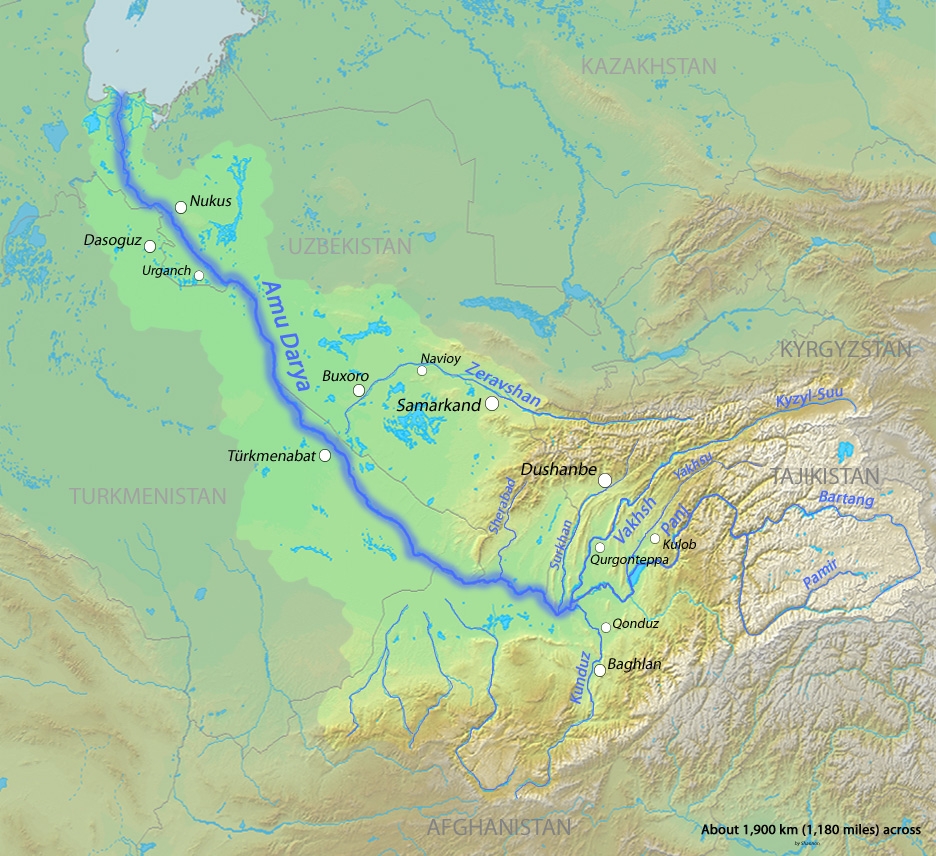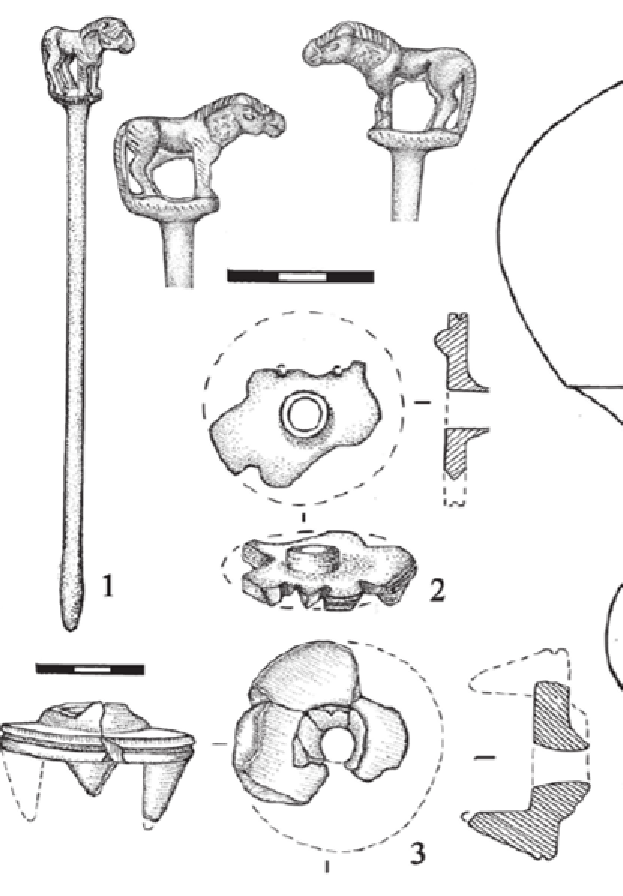Salvete Omnes,
Tajikistan and Uzbekistan share a fine river, that is known nowadays as the Zeravshan [Зарафшон] River ( the Polytimeus River of the ancient Greeks, later also the Sughd River) , which meaning in Persian is the 'spreader of gold,'
flows from the Zeravshan glacier of the Zeravshan Mountains, passes between two mountain ranges, Zeravshan and Turkestan, and empties her waters into the irrigation projects and sands of the Kizil-Kum (Kyzyl-Kum) desert before reaching the mighty Amur-Daria River.
Near the famous Panjakent [in Tajik Панҷакент or in RussianПенджикент] in the Zeravshan Valley there is this ancient BMAC site - Sarazm - that between IV (Namazga I-II) through late III millennium BC(Namazgan V) was residing on the edge of the world, between the vastness of Eurasian steppe and its Proto-Indoeuropean inhabitants and the sedentary civilizations to the south, west and east. It was the center for tin and copper, turquoise trade. With the copper and tin mined in the steppe, processed there and shipped by the Sarazm traders to the Akkadina and Ur elites, to the Harappan, Mohnejo-Daro and Elam sites, as well in the Caucasus and further west.
About 30 km west of Sazam at Tugai, not far from today Samarkand, as Sarazm was being abandoned some Petrovka -Sintashta nomads moved east and settled at the end of III millennium and/or early II millennium (Namazga V) to practice copper smelting and smithing. They moved from the Ural-Ishim steppes with their wagons, cattle, sheep and goats, and chariot-pulling horses.*
Circa 1km from Sarazm there is a burial site at Zardcha-Khalifa. There a male was buried - his plentiful grave gifts included two bronze bar bits with looped ends; two complete bone disc-shaped cheekpieces and two fragmented ones of the Sintashta type. The bar bits are the older known metal bits found. The arrangement suggests that was part of the chariot team equipment.*
The grave also included the only known BMAC-made pin with the figure of a horse - perhaps this Zardcha-Khalifa chief was a horse dealer?*
*you can read more about this site and this period in dr. Anthony's 'The Horse, the Wheeel and the Language.'* (chapter 16)
Valete








No comments:
Post a Comment